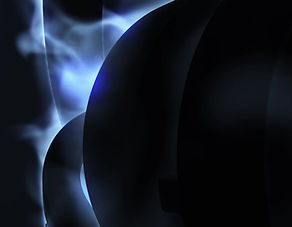


DJ/MC, Lighting, Photo Booths
the 'SOUND' Choice for Life's Biggest Celebration!
Uplighting & Gobo Monograms
One of the hottest trends is the use of wedding lighting for receptions, such as uplighting, centerpiece uplighting and gobos.
Sound like we’re speaking a foreign language?
What is uplighting?
Uplighting is the hottest trend for weddings and special events to set the mood or transform a venue. "Uplights" are small lighting units that are placed on the floor around the perimeter of your venue. The lights will illuminate the walls from floor to ceiling with colored light. Thanks to modern technology, Light Emitting Diode (LED) uplights are the latest and greatest in wedding lighting. You can set the uplights to almost any shade of any color. Although the LED uplights are powerful and will illuminate a wall from floor to ceiling, the uplight is very compact, measuring. LED uplights have additional capabilities such as color changing based on a timer, or color changing to the beat of music.
What is a Gobo?
A gobo projector – also referred to as monogram lighting – is one of the latest trends for weddings and special events. In general terms, a gobo is an image that is projected onto a wall or dance floor, usually displaying the names of a bridal couple, wedding date, or monogram. Technically speaking, a gobo is a disc that light shines through to project an image onto any surface. The word “gobo” stands for “Goes Before Optics.” A special gobo projector is used to project the gobo image. The gobo projector has lenses that focus and shape the light after it hits the gobo image. LED gobo projectors use – as the name suggests – LED lights, which produce an optimal image.






